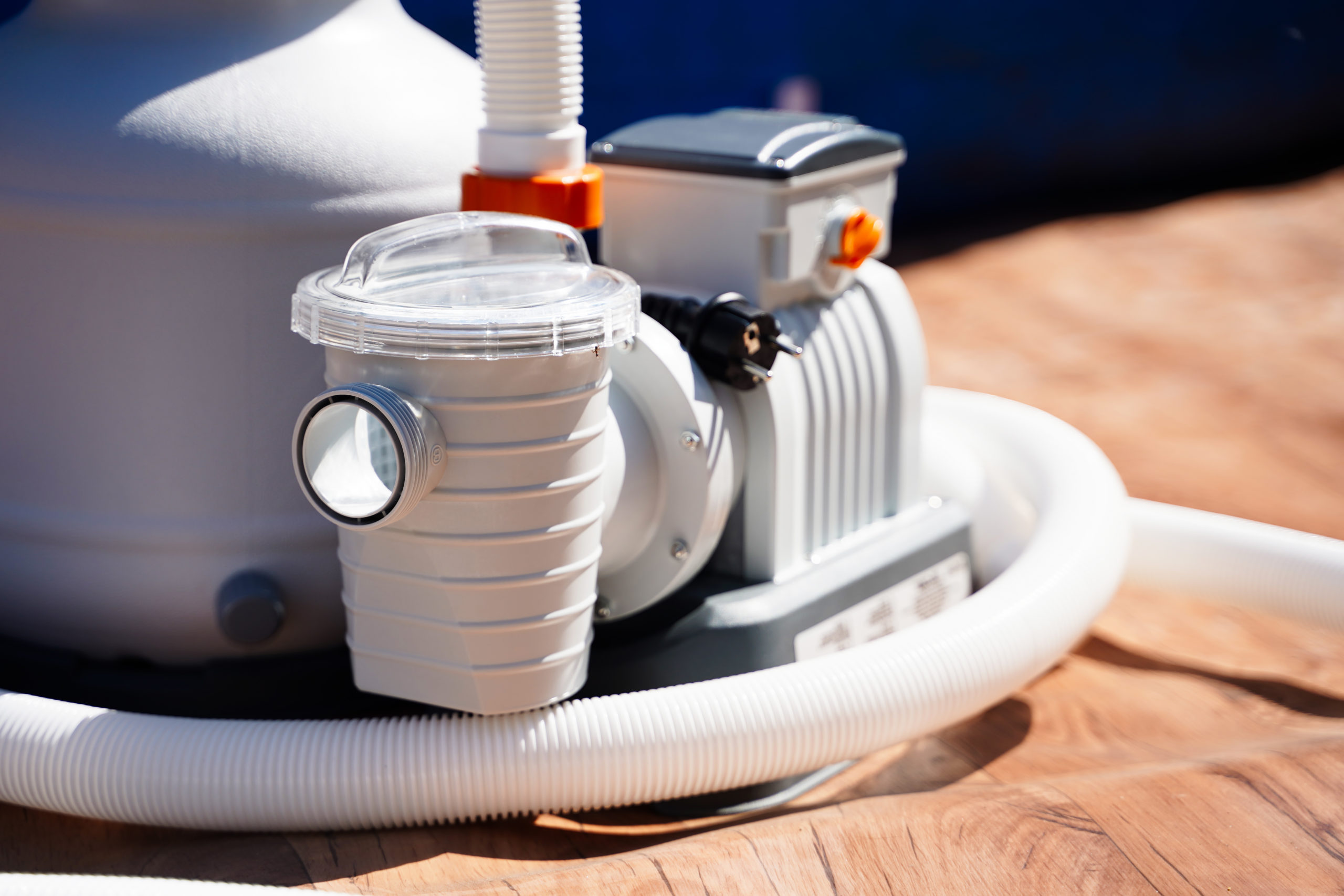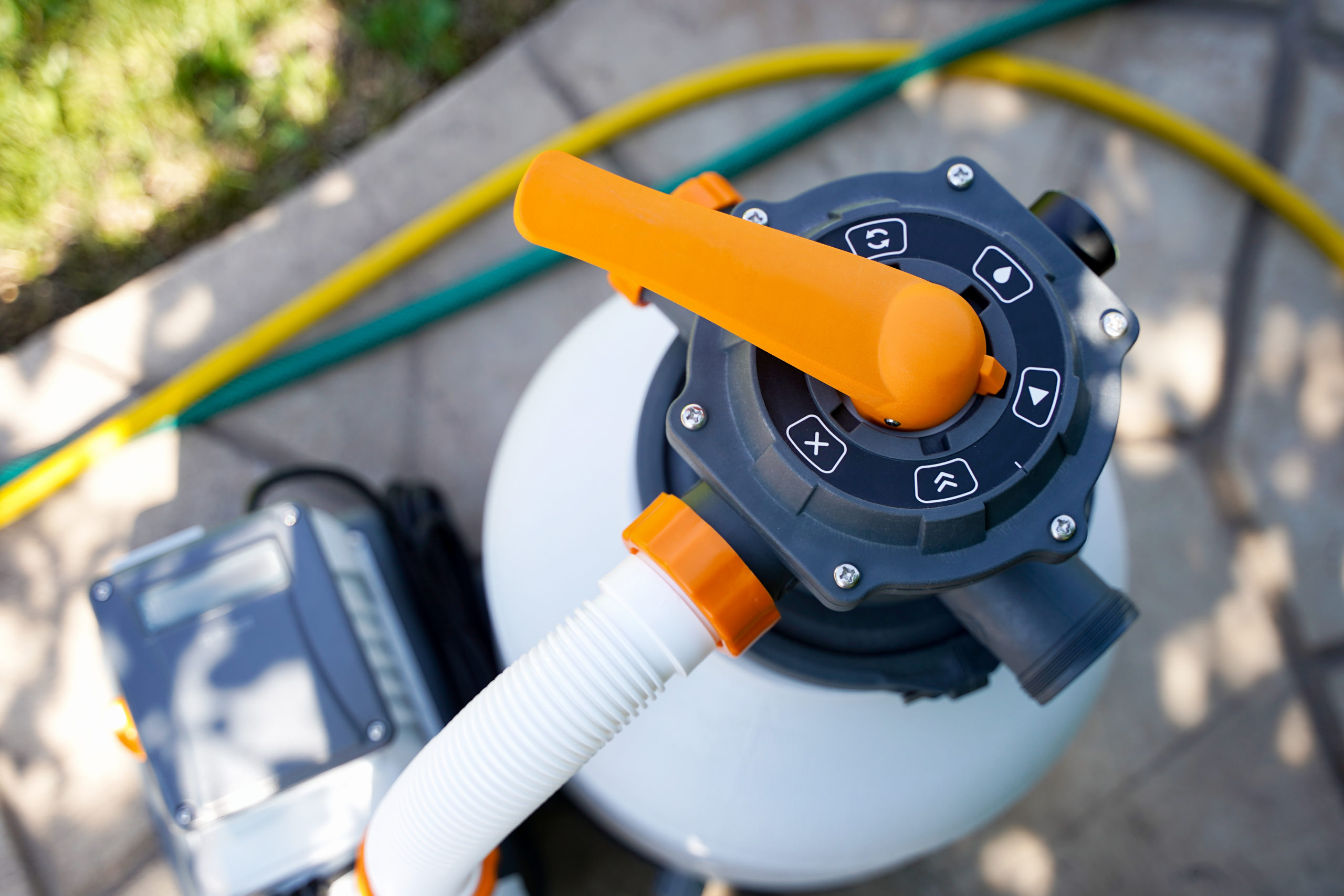You’re ready to swim, but is your pool? Choosing the right filter can be daunting. But don’t worry, we’ve got you covered.
In this guide, we’ll break down the different types of filters, help you evaluate your pool’s needs, and walk you through installation. We’ll even offer maintenance tips to ensure your filter’s longevity.
Dive in with confidence knowing you’ve made an informed decision for your pool’s health and your peace of mind.
Understanding the Different Types of Pool Filters
You’ve got to understand the different types of pool filters before you can make an informed decision. Among them are sand, cartridge, and diatomaceous earth (DE) filters, each with distinct filter materials and functionalities.

Sand filters use a special grade of sand as the filter material. They’re popular for their simplicity and low maintenance needs. However, they don’t trap smaller particles as effectively as other types.
Cartridge filters utilize a replaceable fabric-like cartridge that catches debris more efficiently than sand. Their compact size makes them suitable for smaller pools or spas but requires more frequent cleaning due to the increased efficiency in capturing particles.
Lastly, DE filters provide the finest level of filtration using crushed diatoms as their filter material – tiny fossilized exoskeletons that excel at trapping microscopic debris.
Now let’s discuss filter sizing. The proper size is determined by your pool’s volume and the pump’s flow rate; it should be able to handle all your pool water within 8-10 hours. Under-sizing leads to inefficient filtration while oversizing can lead to unnecessary expenditure.
Remember: Understanding these aspects ensures you pick a filter that matches your specific pool needs optimally.
Evaluating Your Pool’s Specific Needs
Before diving into the specifics, it’s crucial to assess what’s unique about your swimming hole. Pool size considerations are a fundamental first step. You’ve got to know the volume of your pool in gallons; this is key in determining the type of filter that’ll work best for you.
Now, don’t just stop at pool size; factor in how often you use your pool and the amount of debris it typically accumulates. This helps tailor not only the type but also the maintenance schedule of your future filter system.
The environmental impact assessment should also be on your radar. Different filters have varied impacts on water and energy consumption, so consider these aspects too. Cartridge filters, for example, require less water for cleaning compared to sand or diatomaceous earth (DE) filters.
Lastly, think about installation and operational costs as well as durability before making a final decision. It’s not enough to pick something that fits today’s budget if it won’t stand up against tomorrow’s wear and tear.
Factors to Consider When Choosing a Pool Filter
When selecting a filtration system, it’s important to consider several key factors. First, you’ll want to narrow down the type of filter that best suits your pool. There are three main types: sand filters, cartridge filters, and diatomaceous earth (DE) filters. Each has its strengths and weaknesses in terms of maintenance, performance, and cost.
Now let’s delve into filter longevity and cost comparison. While DE filters provide superior filtration, they might need more frequent replacement compared to sand or cartridge equivalents. This can affect both their lifespan and ongoing costs. On the other hand, sand filters have a longer life expectancy but may not offer the same level of cleanliness as DE or cartridge systems.
Cost comparison can be tricky since initial outlay doesn’t always equate to long-term value. For example, cartridge filters might seem expensive initially, but their energy efficiency often makes them cost-effective in the long run.
It’s important to remember that there’s no one-size-fits-all solution when choosing a pool filter. You need to find a balance between initial investment, running costs, maintenance effort, and expected performance levels tailored specifically for your swimming pool needs.

Step-by-Step Guide to Installing Your New Pool Filter
Let’s start on the journey of installing that new filtration system in a step-by-step process, ensuring it’s done correctly and efficiently.
Your first task? Filter positioning. It’s crucial to place your filter in an area with easy access for cleaning and maintenance. Locate it too far from the pool, you’ll need more power to circulate water effectively.
Next, gather your installation tools. You’ll typically need a screwdriver, plumber’s tape, PVC pipe cutters and glue – don’t skimp on quality here; good tools make a difference.
Now onto the actual setup: Securely attach the filter to its base using screws provided by the manufacturer, then connect it to both your pool pump and return line.
Before powering up, remember to prime your pump; this prevents dry-running which could damage your system. Fill the pump basket with water until it reaches halfway before switching on.
Lastly, run through all settings on your multi-port valve (if applicable) to ensure correct operation.
There you have it – job done! Don’t forget regular maintenance checks though; they’re key to longevity of any filtration system. So now kick back and enjoy that crystal-clear water you’ve worked hard for!
Maintenance Tips for Your Pool Filter
It’s important to keep up with regular cleaning and checks of the filtration system to ensure longevity. Filter longevity isn’t just about getting your money’s worth; it’s also crucial in maintaining a clean, healthy pool environment.
So, you’re probably wondering how often should you clean your filter? Your cleaning frequency largely depends on the type of filter and the amount of use your pool gets.
Generally, cartridge filters need cleaning every 2-6 months while sand or D.E filters require backwashing when the pressure gauge rises 8-10 lbs above normal. Don’t underestimate these numbers; they’re not random suggestions but are based on expert knowledge designed to maximize filter efficiency.
Don’t forget little details like replacing worn-out parts promptly or ensuring that the O-rings are always well lubricated. These might seem minor, but they’re key to avoiding bigger problems down the line.
Frequently Asked Questions
What Are the Potential Health Implications of Not Using a Pool Filter?
Without proper filter maintenance, you’re opening up the door to bacterial risks. Unfiltered water can breed harmful bacteria, potentially leading to skin and eye infections, or even more serious health issues.
Are There Any Environmental Concerns Associated With Using Certain Types of Pool Filters?
Yes, certain filter materials can pose environmental concerns. You’ve to consider sustainability options. For instance, sand filters require backwashing which uses more water, while cartridge filters are less water-intensive but need regular replacement.
How Long Does a Typical Pool Filter Last Before It Needs to Be Replaced?
Typically, your pool filter’s lifespan varies depending on its type and usage, but it’ll generally last between 1-5 years. Keep replacement costs in mind as they can add up over time.
Can a Pool Filter Be Used in Conjunction With Other Pool Cleaning Methods?
Absolutely, you can use a pool filter with other cleaning methods. It’s crucial to ensure filter compatibility for optimal cleaning efficiency. Combining methods can lead to a cleaner, healthier swimming environment.
Is There a Difference in Water Quality When Using Different Types of Pool Filters?
Yes, there’s a difference. Different filters offer varying water quality. Filter maintenance and cost comparison are key. Higher-end filters often provide better clarity but require more upkeep and are costlier initially.
